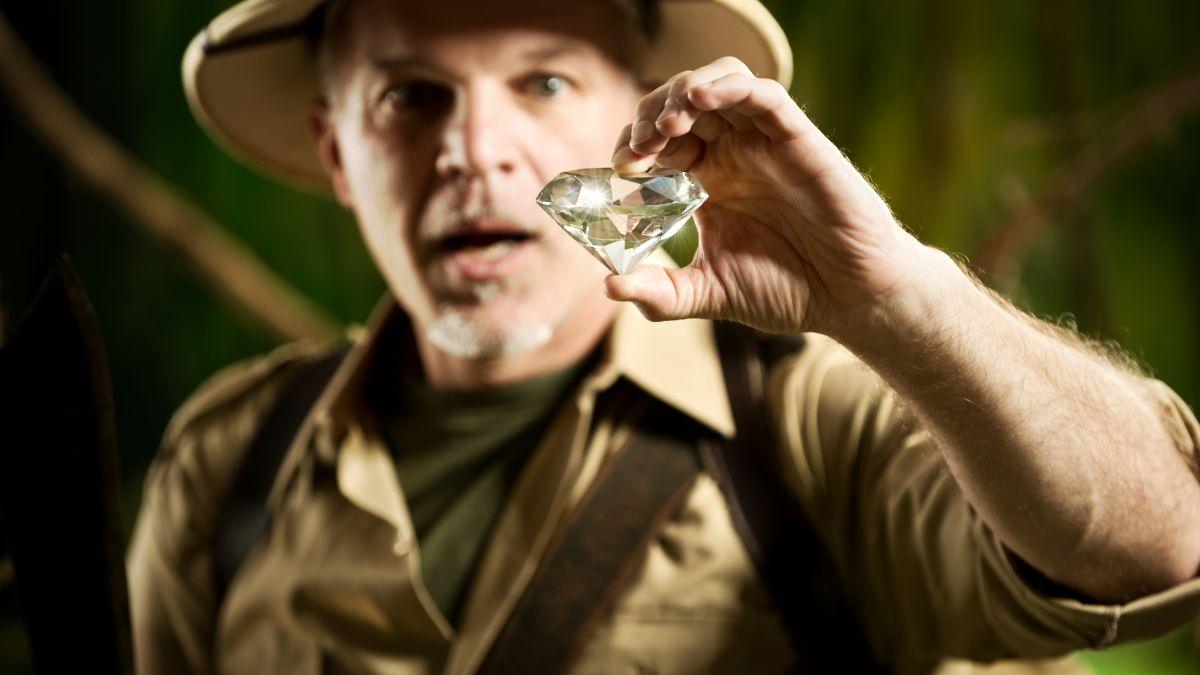Imagine stumbling upon a dazzling sapphire in its raw, untouched state – a piece of Earth's artistry waiting to be revealed. While polished sapphires gleam with brilliance, their rough counterparts hold a unique charm, whispering tales of geological wonders. Whether you're an avid rockhound, a jewelry enthusiast, or simply curious about gemstones, learning to identify rough sapphires can be an exhilarating adventure.
So, How Do You Spot a Sapphire in the Rough?
It's all about knowing what to look for. Here are the key traits to guide your treasure hunt:
1. Color Clues: A Hint of Blue (and More!)
While the classic deep blue is a telltale sign, don't be fooled! Sapphires come in a rainbow of hues, from delicate pinks and yellows to vibrant greens. In their rough state, they might appear muted or even brown due to a weathered exterior. Look closely for flashes of color glinting beneath the surface.
2. Crystal Shape: A Hexagonal Puzzle
Sapphires form in distinct hexagonal (six-sided) crystals. Imagine the shape of a pencil – elongated and symmetrical. This unique structure is a major giveaway, even if the edges are worn down or the crystal is incomplete.
3. Hardness: The Sapphire's Armor
Sapphires are tough cookies, ranking 9 on the Mohs hardness scale (diamonds are a 10!). This means they can scratch glass and most other minerals. Give a potential sapphire a gentle scratch test to see if it leaves a mark.
4. Luster: A Subtle Shine
Unpolished sapphires might not have the dazzling gleam of their faceted counterparts, but they still possess a subtle vitreous (glass-like) luster. Hold the stone up to the light and look for that telltale shine peeking through.
5. Inclusions: Nature's Unique Signature
Most sapphires have inclusions – tiny imperfections like mineral crystals or needle-like formations. These aren't flaws, but rather nature's signature, proving the gem's authenticity. Use a magnifying glass to spot these fascinating details.
Beyond the Basics: Additional Tips for the Discerning Eye
- Specific Gravity: Sapphires are dense – they feel surprisingly heavy for their size.
- Streak Test: Rub the stone on an unglazed porcelain plate. If it leaves a white streak, it could be a sapphire.
- Refractive Index: A refractometer can measure how light bends within the stone, helping identify it.
Pro Tip: When in doubt, consult a gemologist or experienced gem dealer to confirm your find.
The Thrill of Discovery
Identifying rough sapphire isn't just about knowledge; it's about the excitement of uncovering a hidden gem. With practice, patience, and a bit of luck, you might find yourself holding a piece of Earth's magic. And even if you don't strike it rich, the journey itself is a rewarding one.
Ready to Start Your Own Sapphire Adventure?
Explore our collection of exquisite sapphire jewelry at Irosk Australia and bring home a piece of this captivating gemstone.
- Learn More About Sapphires
- Explore our September Birthstone Collection


